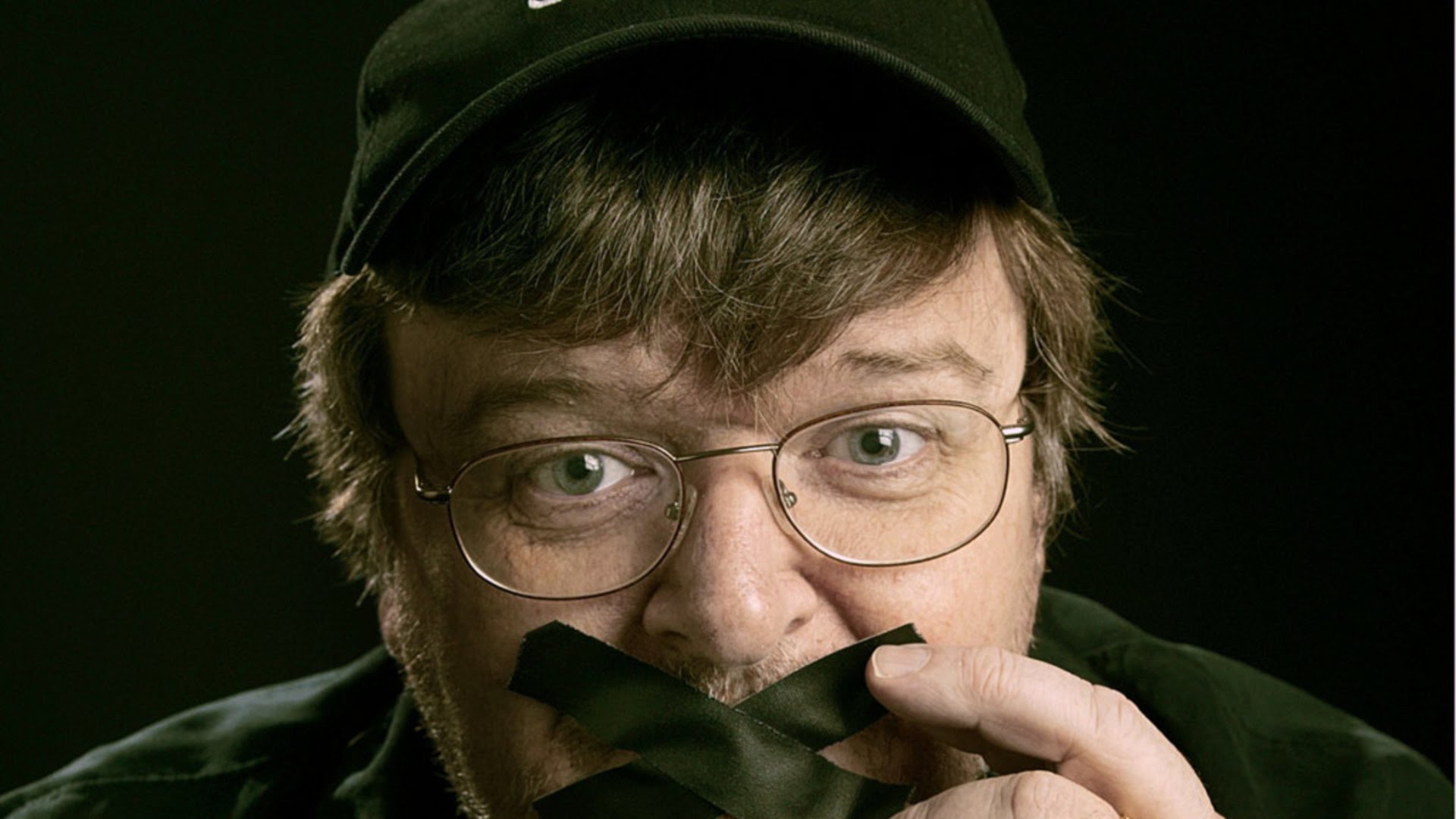
Unlike other artforms, documentaries don’t hide their agendas. The documentarian begins with a conviction, and the purpose of the film is to convince the viewer of the truth of said conviction, regardless of its actual veracity. Not all documentarians are like this. Some, who believe in the unbiased pursuit of truth, produce honest but boringly even-handed films, but this technique is not as effective as fearmongering, despite being the superior product.
Luckily for entertainment-junkies, documentaries are under no obligation to be impartial in an age of cultural tribalism. And like the Nazi propaganda films of Leni Riefenstahl, they exist foremost as affirmers of already-held beliefs, or converters of the directors’ beliefs.
We hope, in making this list of potential view-changing documentaries, we’ve compiled a solid mix of films for the curious mind. The list is not propaganda, not meant to push a certain ideology despite whatever conclusions you may draw, but simply to present ideas from a large spectrum of society. Still, take each film, on its own, with incredulity; they are made to change your mind. If you know this going in, you may be less likely to dogmatize your opinions. There are always two sides.
20. Hearts and Minds

The entity that is the Vietnam War is a continuous deluge of fact, speculation, conspiracy and hearsay, and this makes for a tantalizing story of all the gears that grinded to create the same disappointing outcome.
Hearts and Minds is this story. Released in 1974, just after the U.S. left Vietnam, the documentary presents interviews with people on all sides of the war effort, and created a vital framework of understanding for the shell-shocked citizens of the involved countries who sat without answers or resolution. The war lasted twenty years for some, and Hearts and Minds does a valiant job of summarizing the event and letting the viewer make the decision.
Reception of the film was divided, with some believing Hearts and Minds to be anti-war propaganda, while others saw it as a balanced investigation of an overwhelmingly complex subject. Either way, after finishing Hearts and Minds, one’s opinions will not be tempered.
19. The Bridge

An idea is just that: an idea. Abstract, alluring, and not-yet real, it exists in metaphysics as a comforting thought with no body, blood, or consequences. You give an idea a body, however, and reality is shattered with the force of a natural disaster with no preparation.
The Bridge is an idea with a body—23 of them. Documenting 23 of the 24 suicides on San Francisco’s Golden Gate Bridge in 2004, the film provides footage of all attempters as they jump to their deaths from 245 feet. Suicide’s an idea broached by all, but watching those ordinary people approach the railing, hop over, debate the decision, and then make the jump attaches a harness to such ideas. There’s safety in speculation, but real safety in empathy.
This is supported by one of the few Golden Gate suicide survivors, who says in the film that after jumping he “instantly realized that everything in [his] life that [he’d] thought was unfixable was totally fixable—except for having just jumped.”
18. Bowling for Columbine

Bowling for Columbine intersects several important American issues and finds America, its spirit and identity, responsible.
Gun control, foreign policy, race relations, and media manipulation are at the forefront of this documentary by Michael Moore, who yanks the comforting layers off the country to expose a trembling child, disarmed and terrified but gnashing at an enemy he can’t name. It’s a relentless investigation, made possible by the sardonic, in-your-face reporting of Michael Moore.
You may not like Moore’s style, but you can’t deny the power of his documentaries. Still, his real value is entertainment. Moore employs more plot devices than action movies, attracting high viewership not thought possible for documentary films.
17. An Open Secret

In light of the Harvey Weinstein scandal, and on the verge of several others involving children, An Open Secret is essential viewing for Hollywood apologists.
The film reveals that a pedophile ring operates in Hollywood, almost to the level of human trafficking. It’s the same unfortunate mentality that allowed Harvey Weinstein free rein for decades that created this ring. Money and fame are proven more important than the safety of children, who enter the industry at the discretion of pedophilic producers. The film explores the producers who molest, the parents who enable, and the children who are silenced. An Open Secret finds that casting couches exist at every level of showbusiness, and as long as people covet celebrity over integrity, this will only continue.
However, thanks to the women who have exposed Harvey Weinstein, and former child actors like Corey Feldman raising awareness, the Hollywood power disparity may be, at long last, lessening.
16. Overview

The “overview effect” is a drastic shift in perception evoked by the viewing of Earth from space. This 19-minute documentary describes such effect.
Through interviews with astronauts, authors, and philosophers, this curious condition is investigated and unpacked, revealing a mix of psychological consequences of those it has affected. Many astronauts reported a complete change in cognition through the observation of an independent system functioning in the abyss, which enabled the sudden understanding of the oneness of life, and the loss of the egoistic illusions of self.
Outside perspective is imperative in gaining a stronghold on objective reality, and what’s more epiphanic than seeing your gigantic, important home as a tiny blue dot engulfed in nothingness.
15. The Red Pill

Red pilling refers to a scene in The Matrix in which Neo chooses between two : the blue pill, which will keep him in the simulation, content and comfortable but living a lie; and the red pill, which will detach him from the matrix and into the real world, grim and scary, but true. This is how the documentary was named; referring to the proverbial “red pill” the director takes while investigating her chosen subject.
The subject is the men’s rights movement. Though the original purpose of the film was to detail the misanthropy in what she considered a hate group, the director instead finds a collection of males who feel demeaned in society by virtue of their sex. She also discovers suppressed statistics that confirm the concerns of the men in the movement, showing that the gender imbalance may not be on the side she thought.
It’s the only sympathetic and unbiased look at the men’s rights movement, the investigation of which turned the feminist director into someone who could no longer identify with the term.